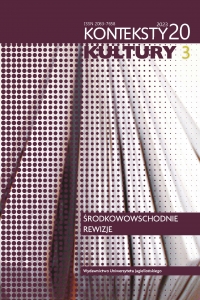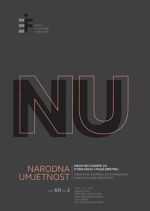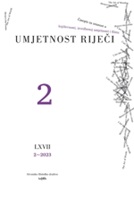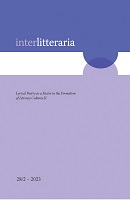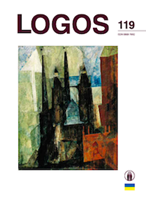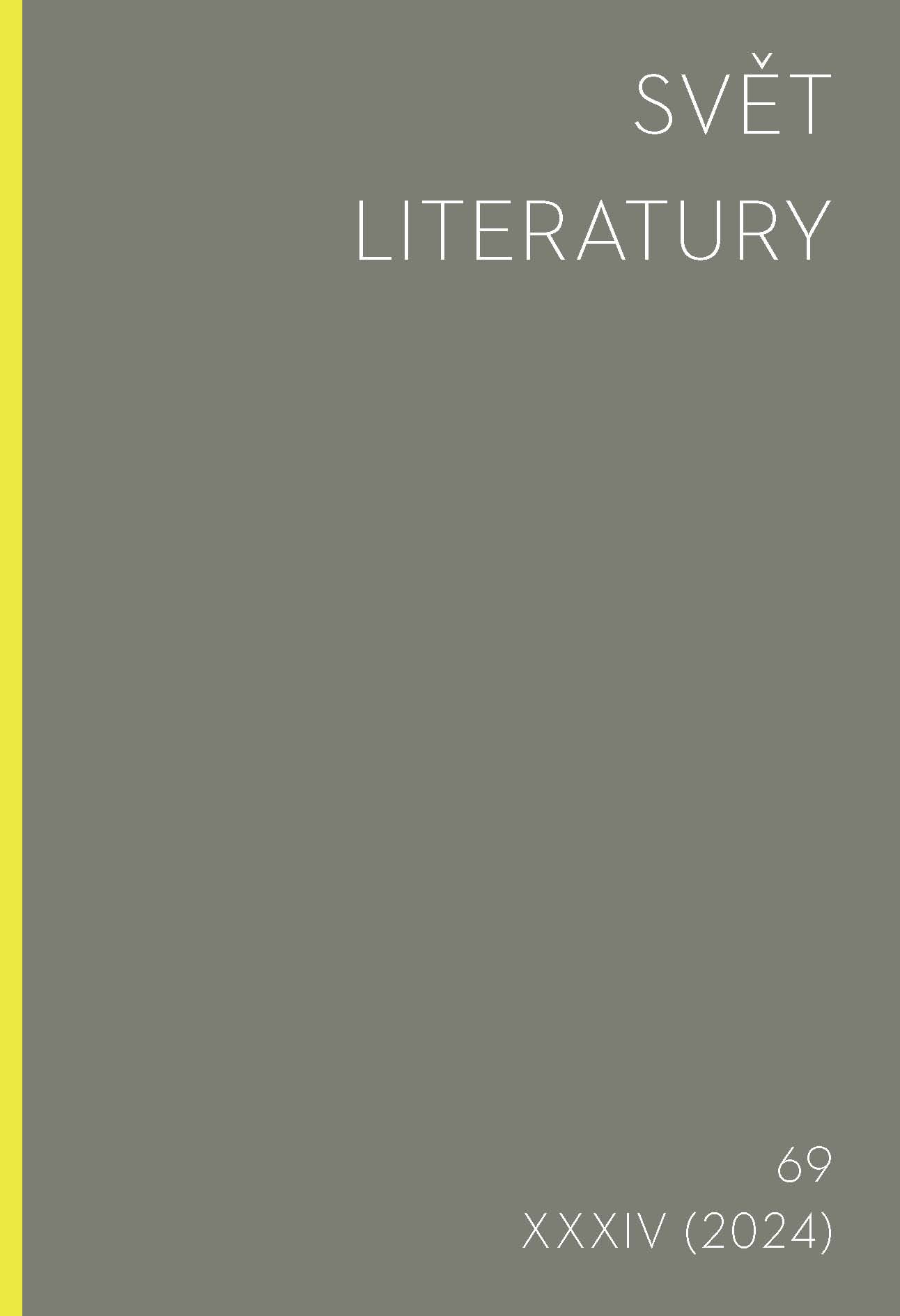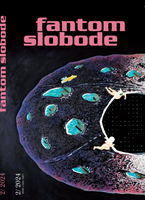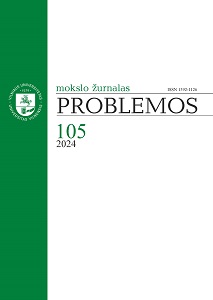Author(s): Anne-Marie Le Baillif / Language(s): French
Issue: 2/2023
We propose to examine how lyric poetry was used as a politic tool by French kings of the Renaissance period (1515–1589). In France, the building of a specific identity starts with François IOrdonnance de Villers-Cotterêts (1539): all official documents previously in Latin, had now to be in French. The second act was Defence et Illustration de la langue française published by Joachim du Bellay in 1549 ruling on the use of vernacular language in lyrical poetry. Both events gave impetus to the unification of the language, not only in official documents but also in everyday life. As each province had its own idioms, the proposal was ambitious. We focus on Ronsard, the most representative poet of the catholic party during the civil wars of religion, which begin in 1562. In 1566 Ronsard begins his politic career with Les Hymnes, a long poem that celebrates on the catholic dynasty of the Valois family. Agrippa d’Aubigné, as a protestant poet, appreciate the poem enough to recommend it to everybody – lyric poetry rising above religious opinion. After the death of Henri II,Ronsard became a sort of diarist of Catherine de Medici’s politics, as expressed in his Discours des misères de ce temps 1562 and Continuation du discours des misères de ce temps. These texts, which justify the catholic positions of the queen, were published in 10-page booklets to be accessible to the population. The protestants poet including Chandieu, gave a violent answer to these one sided catholic texts. For all the Calvinist, mass is a disgusting ‘théophagie’. During her regency, Catherine de Medici organised a two-year (1562– 1564) visit around the kingdom with her son, Charles IX, in order for people to meet their king. This would be today a sort of ‘enterprise of communication’. It was never done before. Ronsard was required, as a spokesman, to follow the huge royal caravan, contributing to the development of words and new forms of lyric poetry. He wrote various entertainments according to the occasion or place of performance, later collected in Elegies, Mascarades et Bergeries, published by Buon in 1566. After the court returned to Fontainebleau and Paris, Ronsard continued La Franciade, a text he began in 1549. He was also required to manage the reception of Polish ambassadors who came to Tuileries and Fontainebleau to fetch the duke of Alençon (the future king Henri III of France) as new elected polish king. The official artist Antoine Caron has left paintings and drawings of these entertainments. Ronsard’s politic works in connection with the poets of the period change not only the language but also the way of thinking as it was the first step to centralism, which was the aims of the French kings. The same phenomenon took place in the nineteenth century, after the French Revolution in 1789, when poets were needed to bring the people together during a period of inspiration that drew them away from violence. They built a new image of the Renaissance, mixing history and imagination. In 1851, Les Châtiments, in which the poem titled “Le manteau Imperial” (1853) is one of the most ferocious, Victor Hugo protested against “le coup d’état” of Napoléon III. This text denied that Napoleon III was the fair successor of Napoleon I. To place France in context in the history of humanity, Hugo published La Légende des siècles (1859), a long text in alexandrine form which recalled the theme of Franciade: both texts aim to enshrine the history of the French kingdom. In Estonia, when Estonians needed to assert the history of their origins, the same phenomenon took place in 1857 with Kreutzwald’s Kalevipoeg. Lyric poetry is used in tension periods to claim a strong, original and uniform voice in the face of difficulties. In France, in the sixteenth century, lyric poetry was at the origin of a new way of life.
More...
